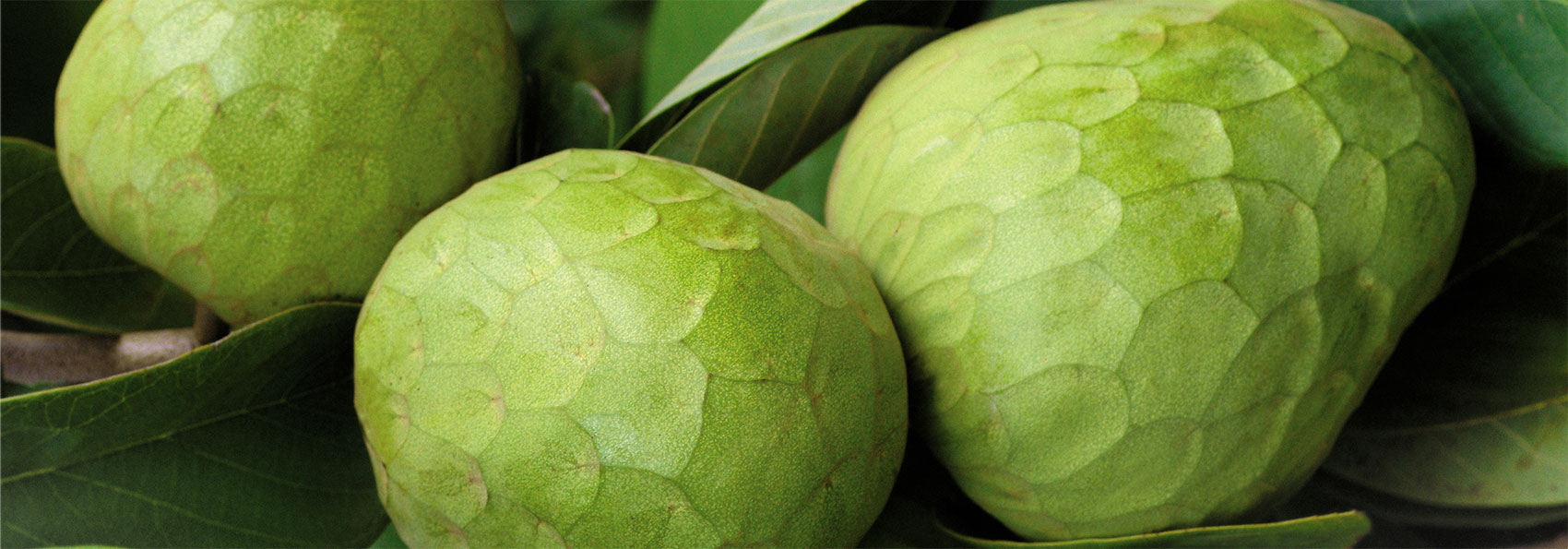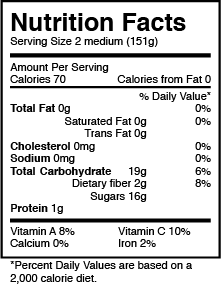Overview
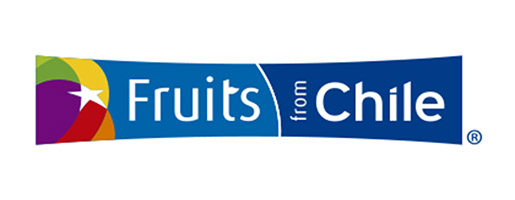
The name originates from the Quechua word cherimoya, which means “cold seeds”, because the plant grows at high altitudes and the seeds will germinate at higher altitudes. The cherimoya’s flesh is white and creamy (that’s why it’s commonly called a custard apple), and has numerous dark brown seeds embedded in it. When ripe, the skin is green and gives slightly to pressure. How does a cherimoya taste? It has been described as a combination of tropical flavors like bananas, coconut, strawberries, and mangoes. Some people also taste pineapple and papayas. Mark Twain called it “the most delicious fruit known to man”! Chilean Cherimoyas are available from June to December.
Nutrition
A medium-sized cherimoya fruit contains 30 mg of vitamin C, providing 35% of the daily recommended intake. The vitamin C in the cherimoya prevents free radicals from attacking lipids, which promotes cardiovascular health. Cherimoyas reduce bad cholesterol and increase good cholesterol in the blood, which improves blood flow in the heart, reducing the risk of heart attacks.
How to Select, Store and Handle Cherimoya
A ripe cherimoya, like a ripe avocado, will yield to gentle pressure.
How to eat? Slice in half and scoop out the flesh with a spoon. Don’t eat the seeds.
Look for green skin with a gold hue; avoid cherimoyas that are black or shriveled.
Once ripe, cherimoyas can be refrigerated for 1-2 days, but no longer or they’ll lose their taste.
TRADE
Merchandising
- Provide samples to introduce consumer to cherimoyas
- Give consumers information to educate and provide recipes and preparation tips
- Display with other exotic fruits to offer more varieties
Availability Chart


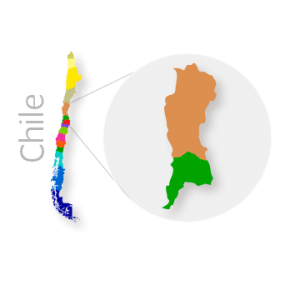
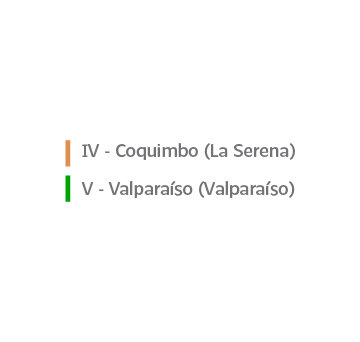
STATISTICS
Total Volume Exported
2013-2014
2014-2015
2015-2016
2016-2017
2017-2018
2018-2019
2019-2020
Destination
- North America 100%

Empresa Agrícola HC Limitada.
secretaria@agricolahc.cl
+(56) 51 2672510
www.agricolahc.cl

Exportadora y Comercializadora Rosales S.A.
franverr@rosales.cl
+(56) 512242243
www.rosales.cl

